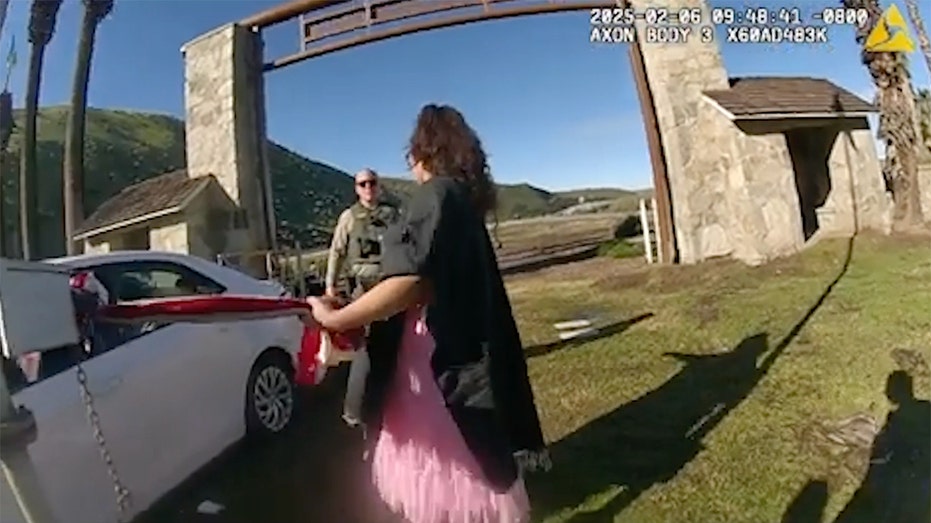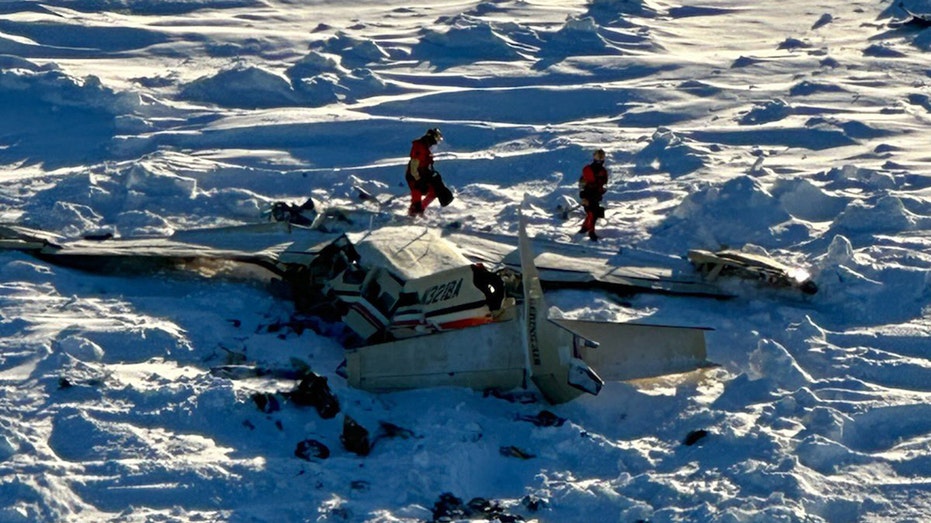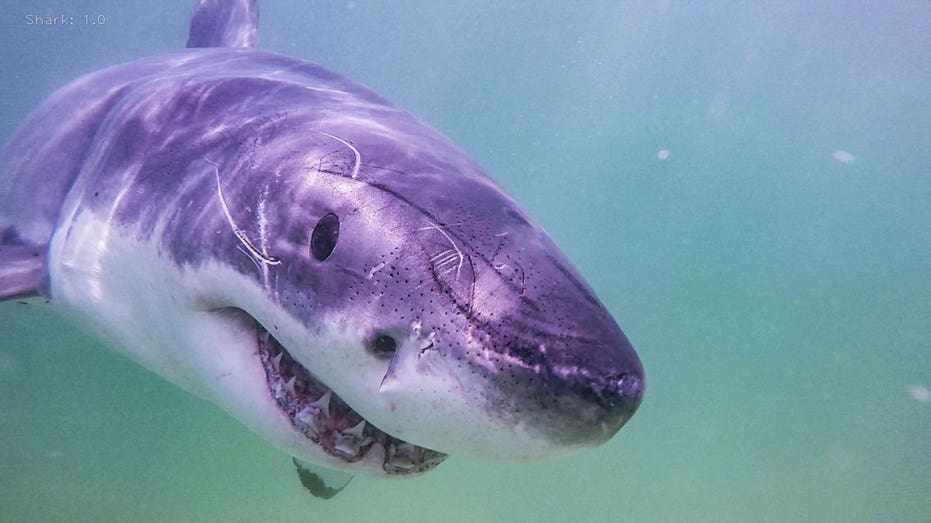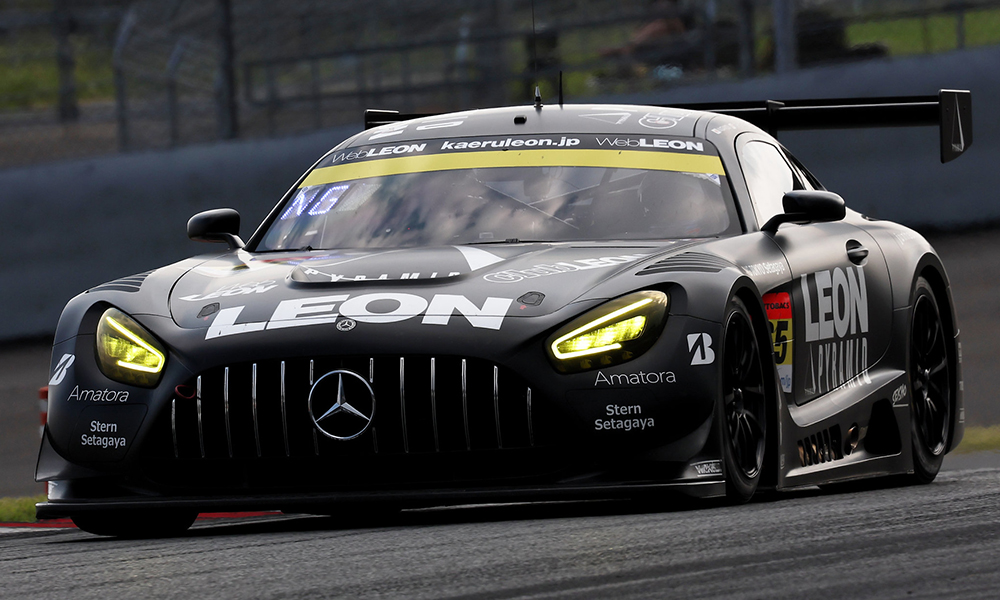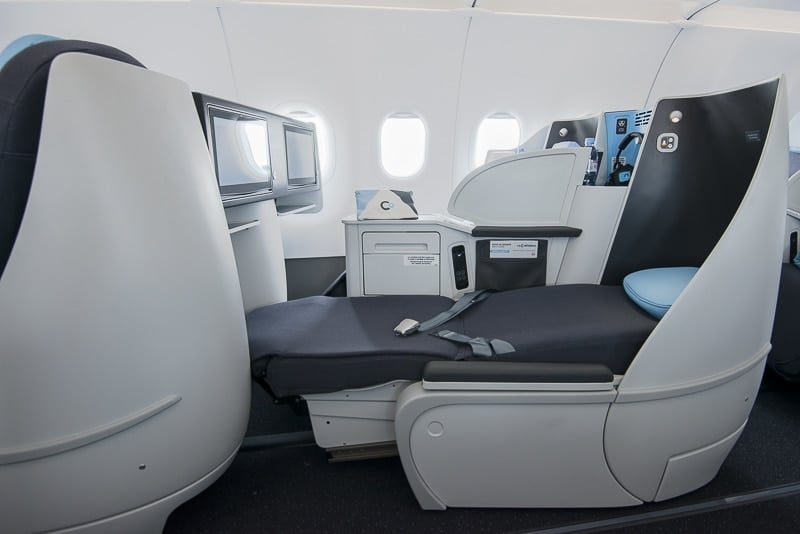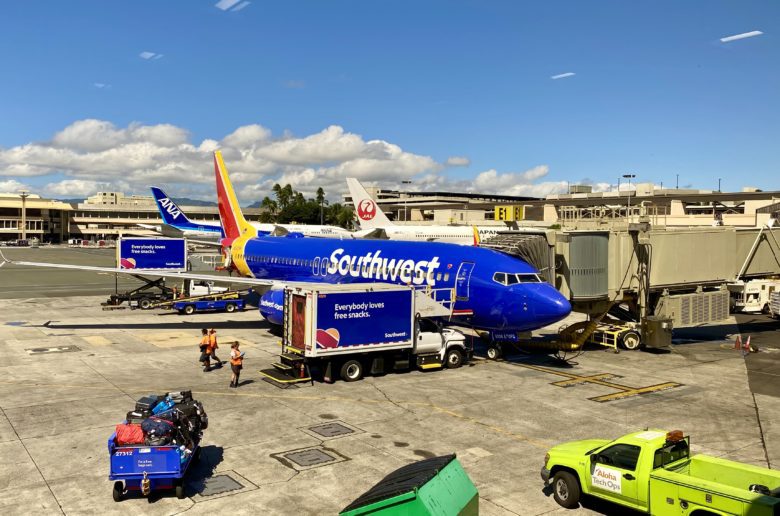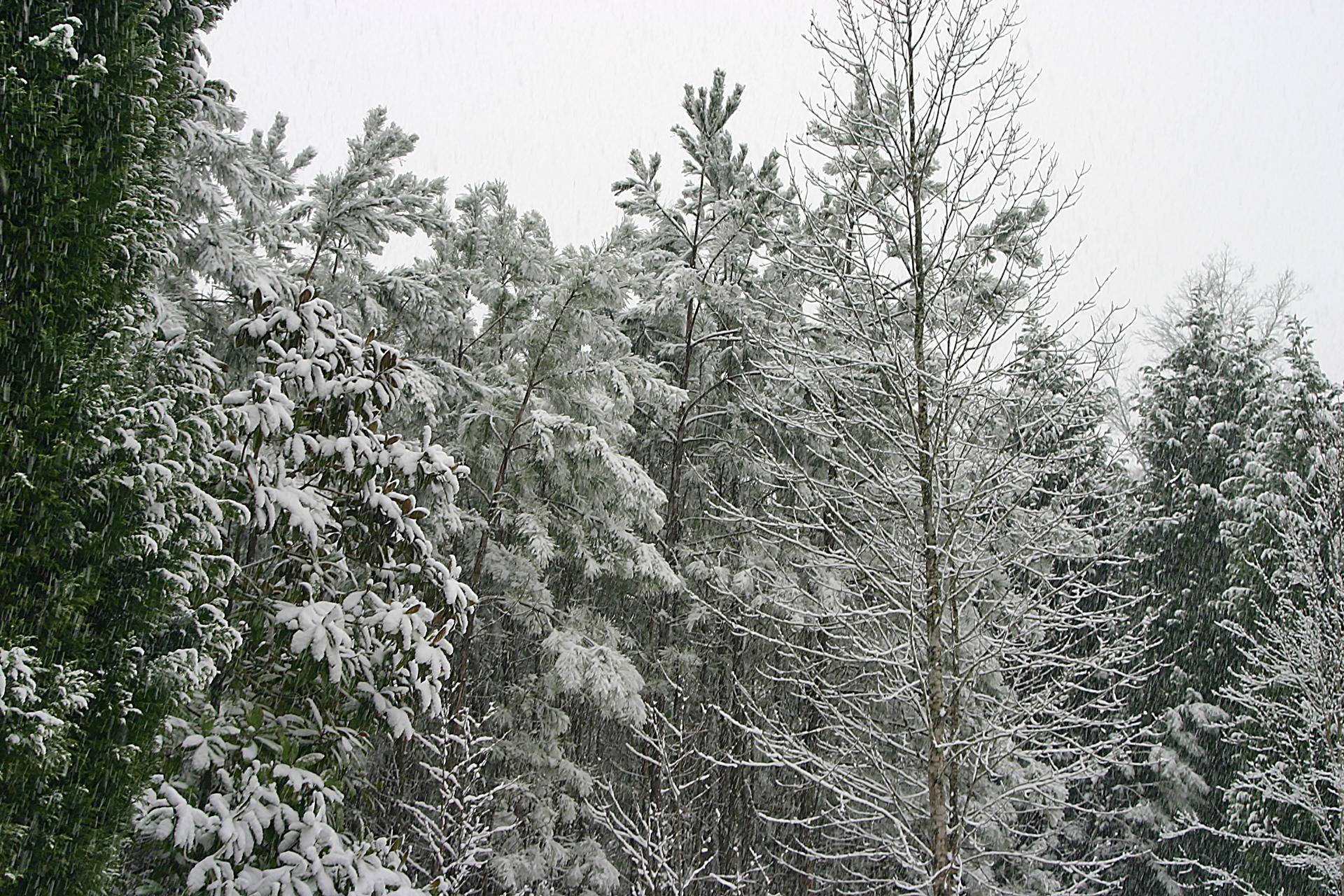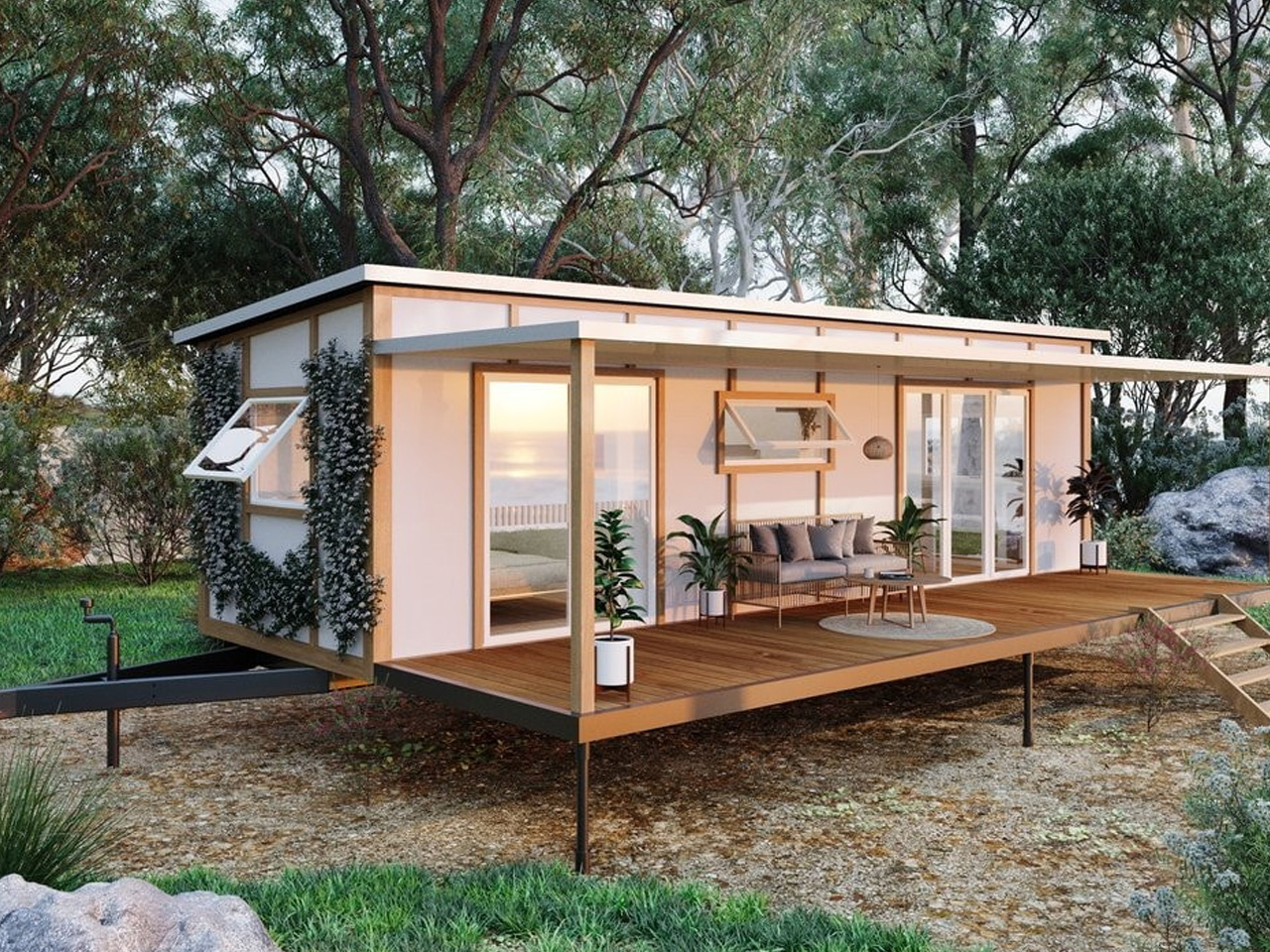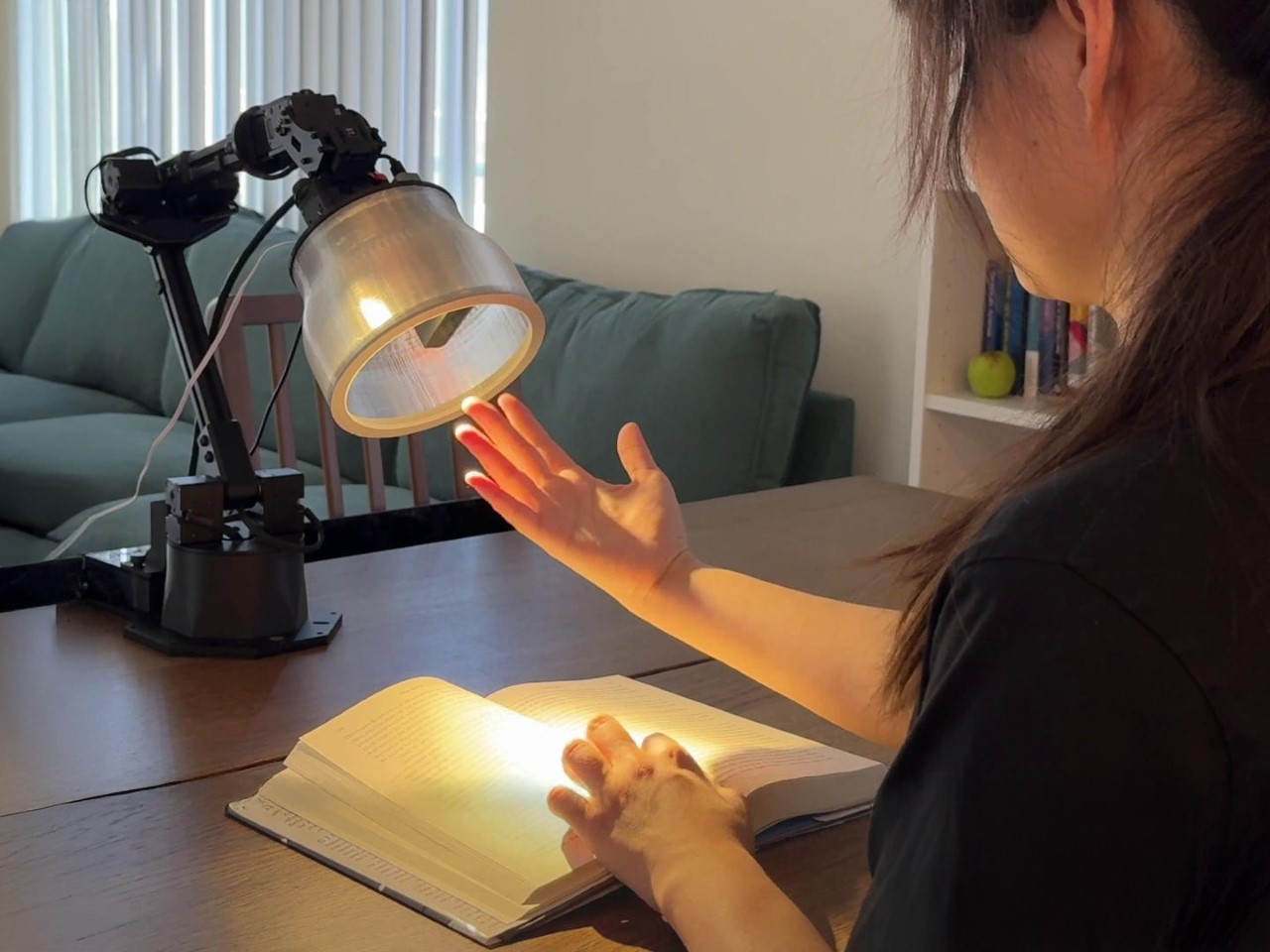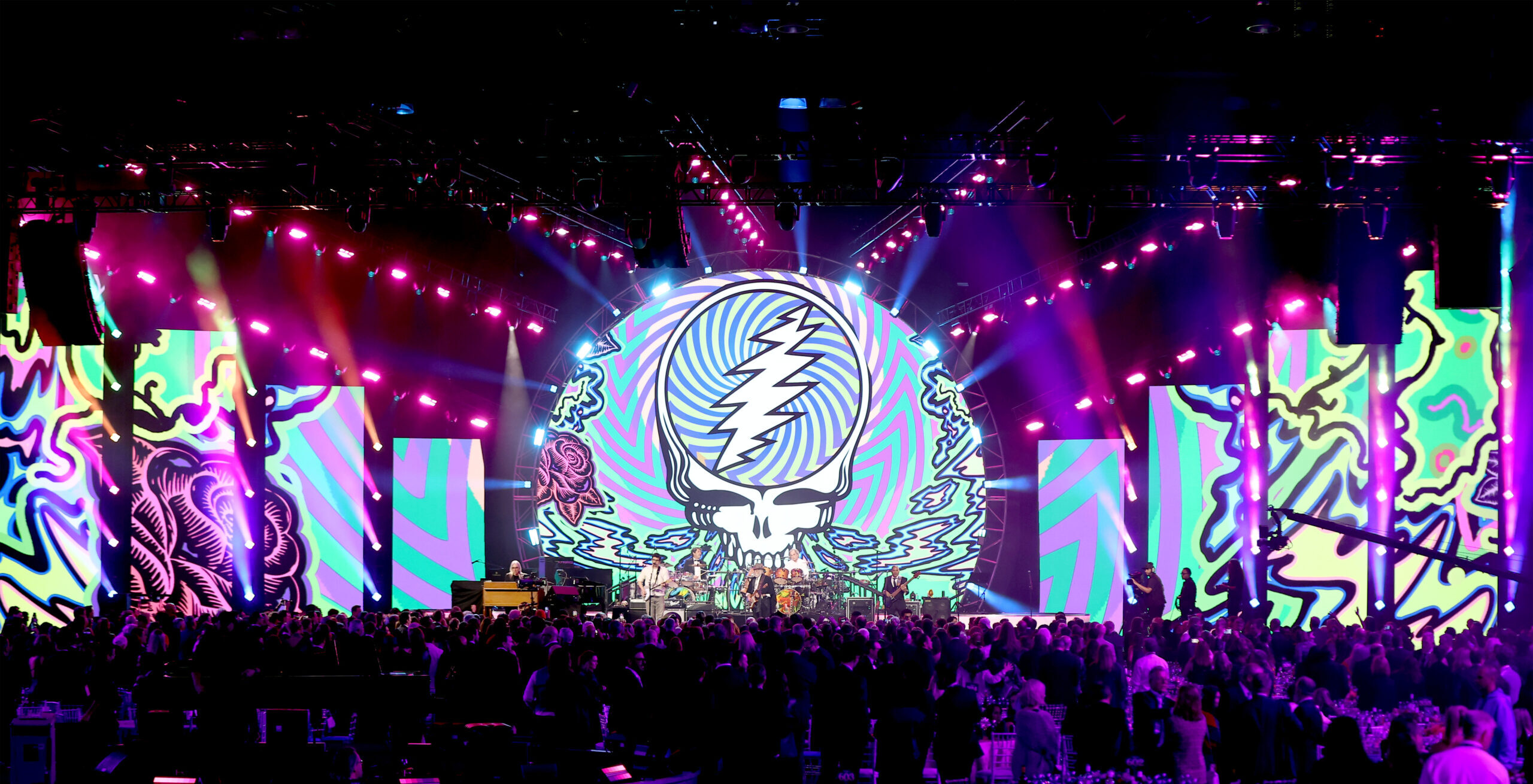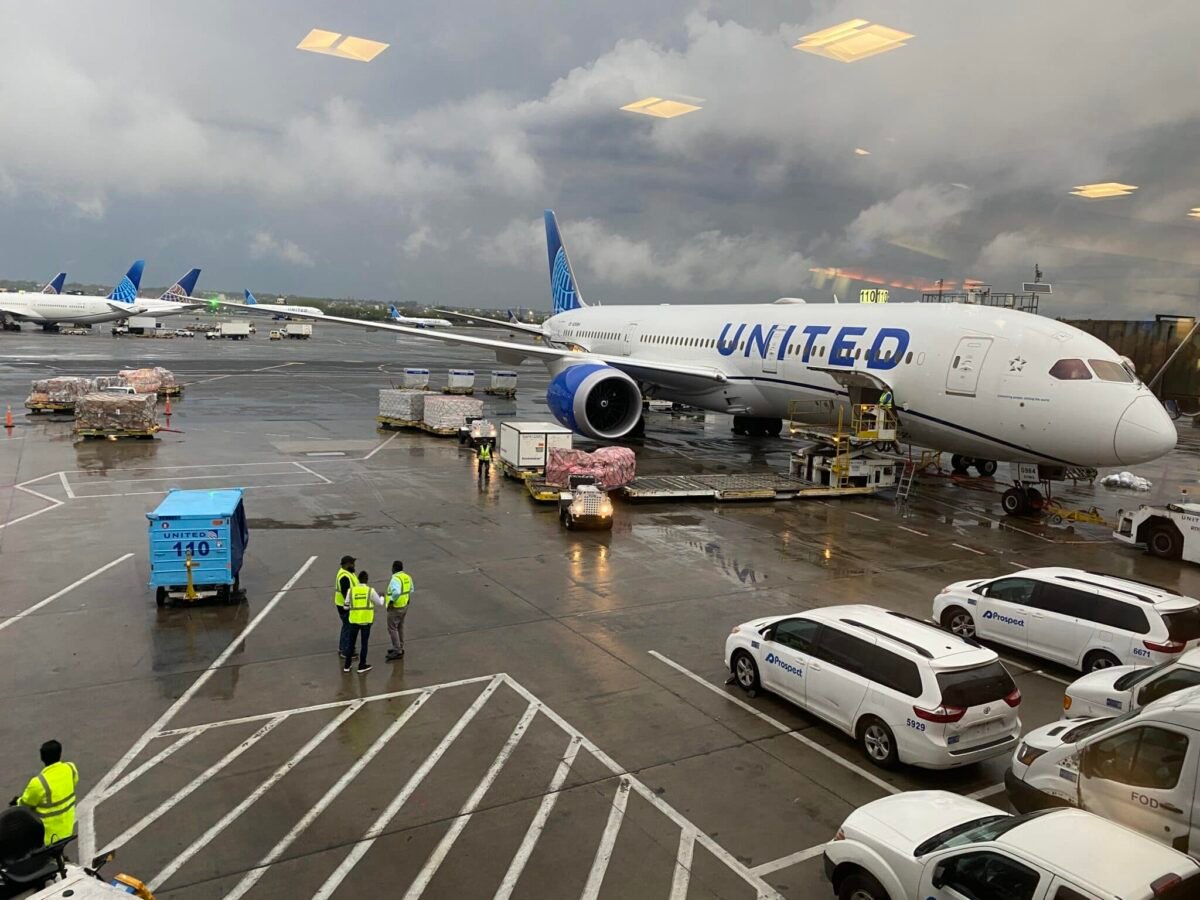Ditch the Hotels: How to Rent a Campervan for an Easy Japan Ski Trip
Renters get to use spa facilities at hotels, making the experience feel way more glam.
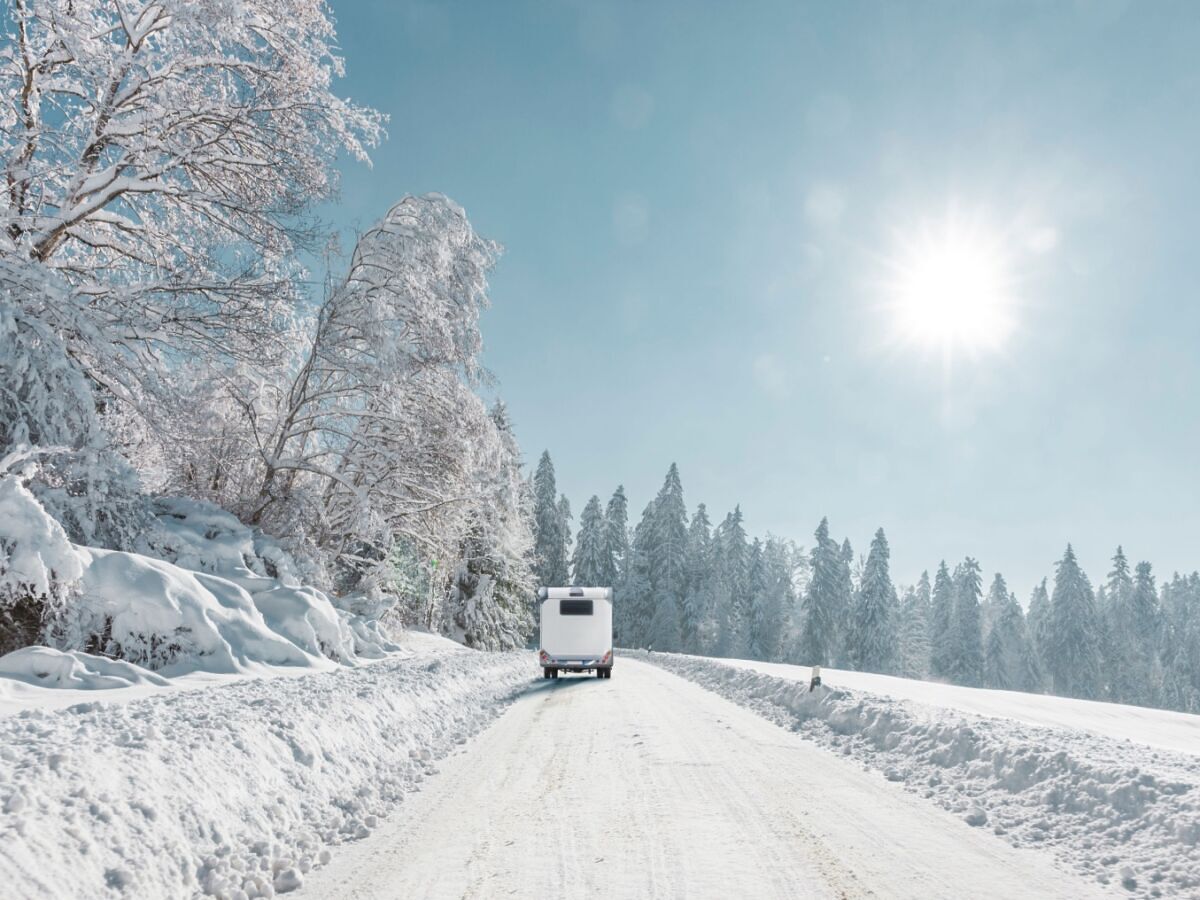
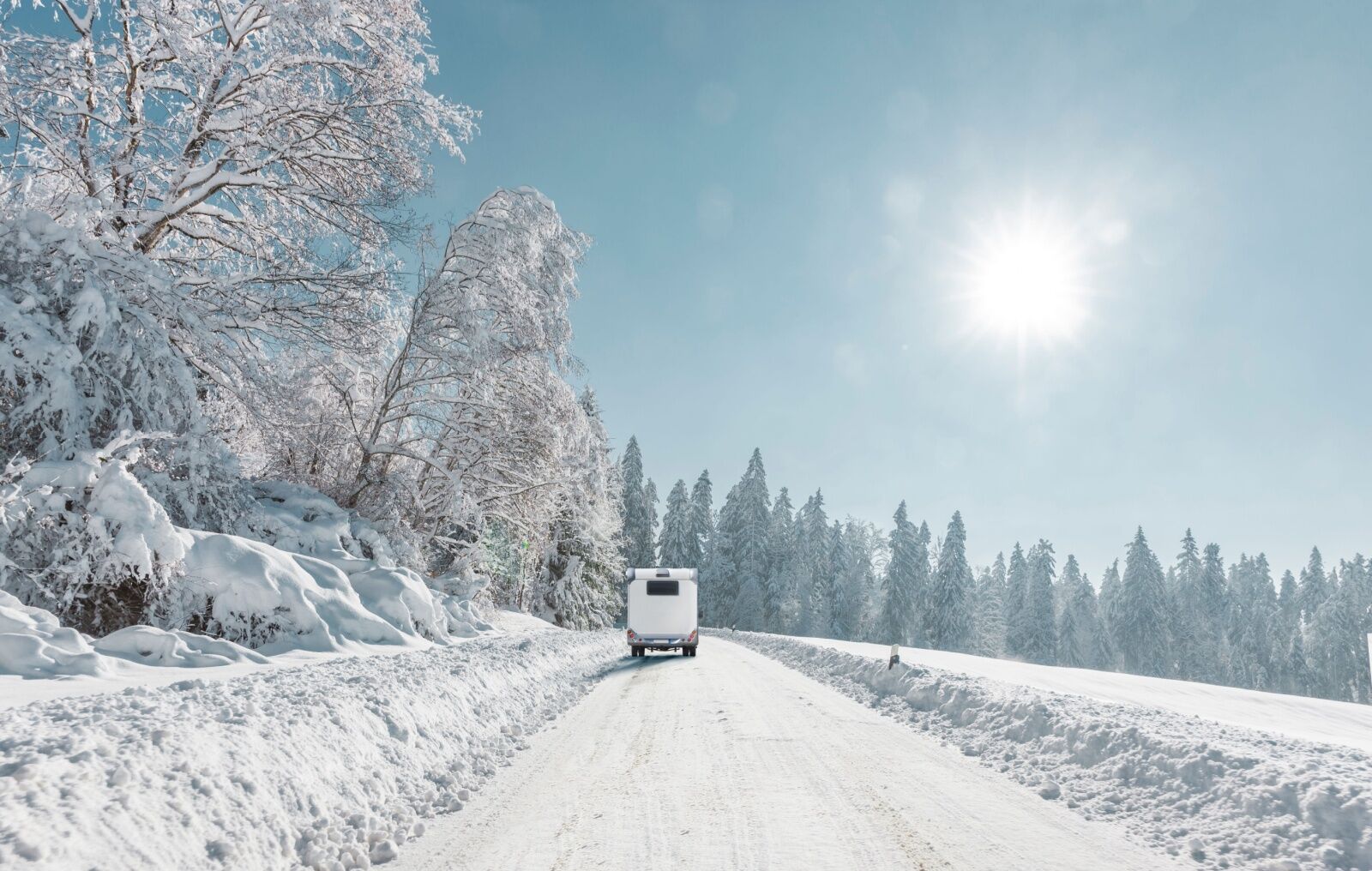
The campervan heater was blasting at full power, straining to keep pace with the winds outside that brought the temperature to well below freezing. With my thermal base layers on, I burrowed deeper into my sleeping bag, trying to find comfort in what felt like a mobile ice box parked in the snowiest place on Earth.
The rental company worker’s warning about the heating vent kept cycling through my mind: “Keep it clear of snow, or you’ll have a carbon monoxide problem,” she’d said cheerfully, pointing at the outlet barely a foot off the ground. Here in Hokkaido, Japan, getting more than two feet of snow overnight isn’t just possible – it’s routine. That’s why I’d set my alarm for the middle of the night to check the exhaust vent. But I kept jerking awake before it went off, filled with visions of my van slowly disappearing beneath a snowdrift.
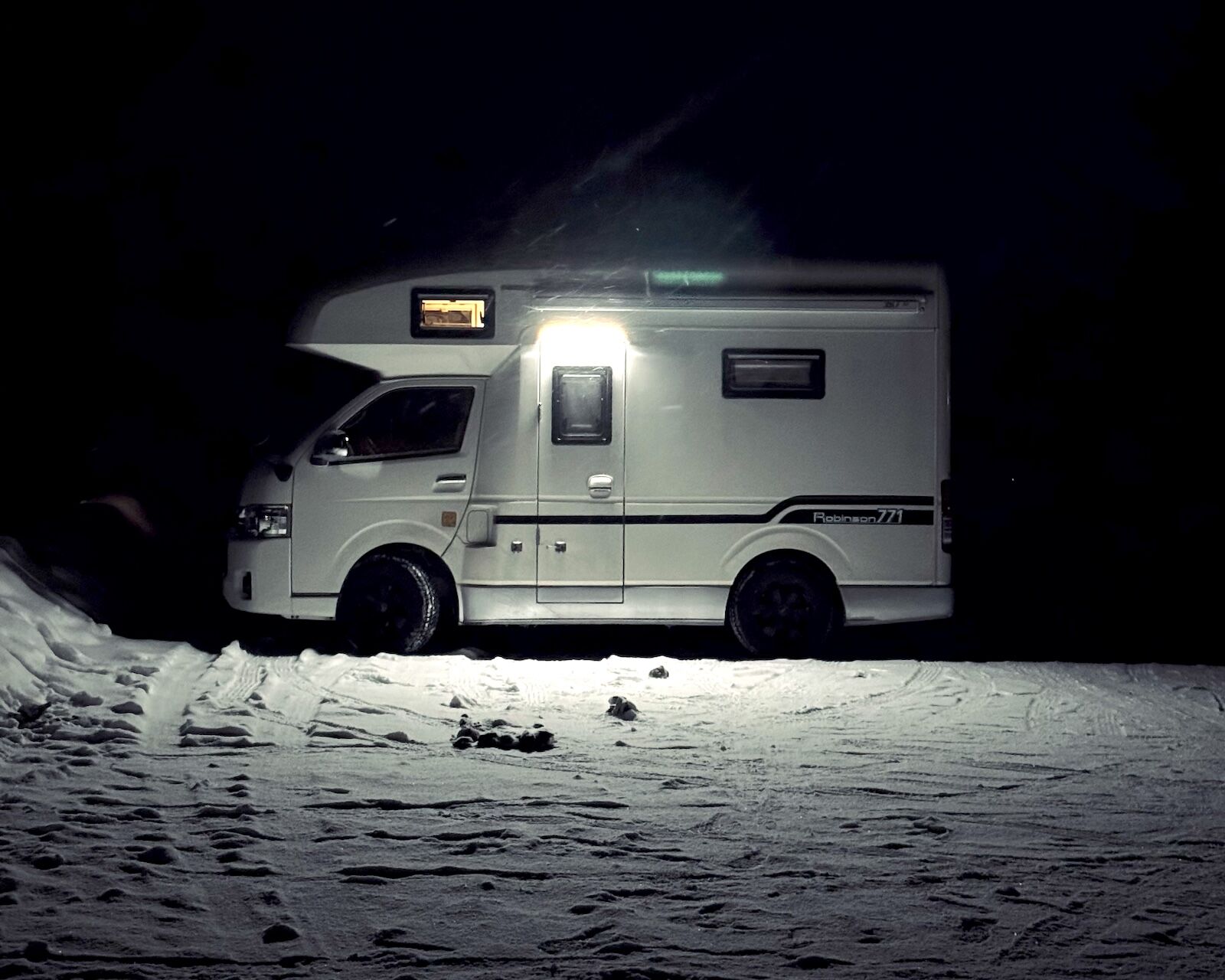
The author’s relatively small campervan rental in Japan. Photo: Jacob Lewis
That was the first and, mercifully, coldest night of my weeklong Japan ski trip by campervan trip through the “Powder Belt:” a cluster of ski resorts in central Hokkaido famed for their abundant, dry, and powdery snow.
I was temporarily living in a Toyota Robinson B66, a roughly 17-foot-long campervan that claimed to sleep up to four adults. While that may be technically possible, it seemed like you’d need a Marie Kondo-level of discipline to squeeze your gear into the Honda Accord-sized space with more than two people. Still, the well-organized design packed in all the essentials. With a compact fridge, gas stove, and even a tiny TV, I had all the necessities in my mobile refuge — though the sink was purely decorative in winter. My snowboard fit satisfyingly well in the trunk, while the main cabin quickly became my space for drying gear, with my goggles, gloves, and outer layers dangling from every available hook and surface. It was less #vanlife and more “looks like a ski shop exploded in a sardine can.”
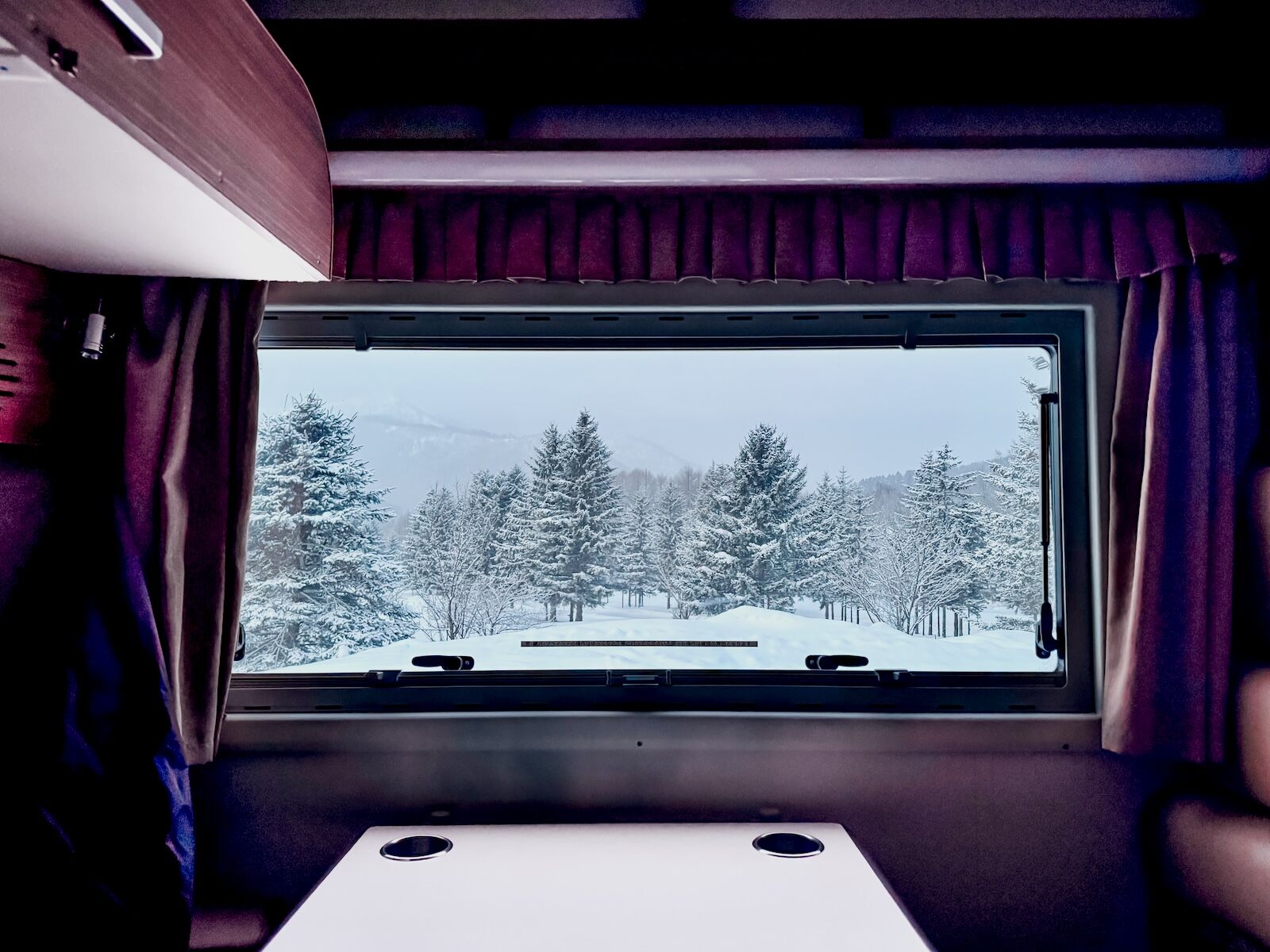
Renters get to park in hotel parking lots and use on-site amenities like spas and breakfast buffets. Photo: Jacob Lewis
But despite my complaints about frigid nights, this wasn’t roughing it on a bare-bones ski bum expedition. I’d signed up for Hoshino Resorts’ flexible new way to explore the Powder Belt on a Japan ski trip: a campervan package that includes mobile accommodations and access to the brand’s network of hotels and resorts. The package includes a weeklong lift pass for Furano Ski Resort, Hoshino Resorts Tomamu, and Kamui Ski Links, plus breakfasts and use of amenities at three different Hoshino resorts. Travelers can visit the three resorts in whatever order strikes their fancy, and since the campervan rental can be extended with extra days, it’s easy to add more stops (and slopes) to an itinerary. It seemed like the best of both worlds, offering the ability to chase the best conditions across central Hokkaido while still enjoying proper resort amenities like hot showers and hearty breakfasts.
From just outside Sapporo’s Chitose Airport, where I picked up the van, it was a straight shot on the Doto Expressway through Hokkaido’s winter wilderness to my first stop, Tomamu. In Hokkaido, ski resorts rise straight from the snowy plains, with no steep ascents required. The highway was pure packed snow, but unlike the white-knuckle hairpin turns of the French Alps or the oxygen-starved passes of Colorado, Hokkaido’s lower elevation and gentle roads were much easier to drive on. My van’s gutsy 2.6-liter engine, chunky snow tires, and four-wheel drive design seemed able to keep pace with locals driving 20 miles per hour over the speed limit, and it wasn’t long before I saw lifts appearing through the snowfall.
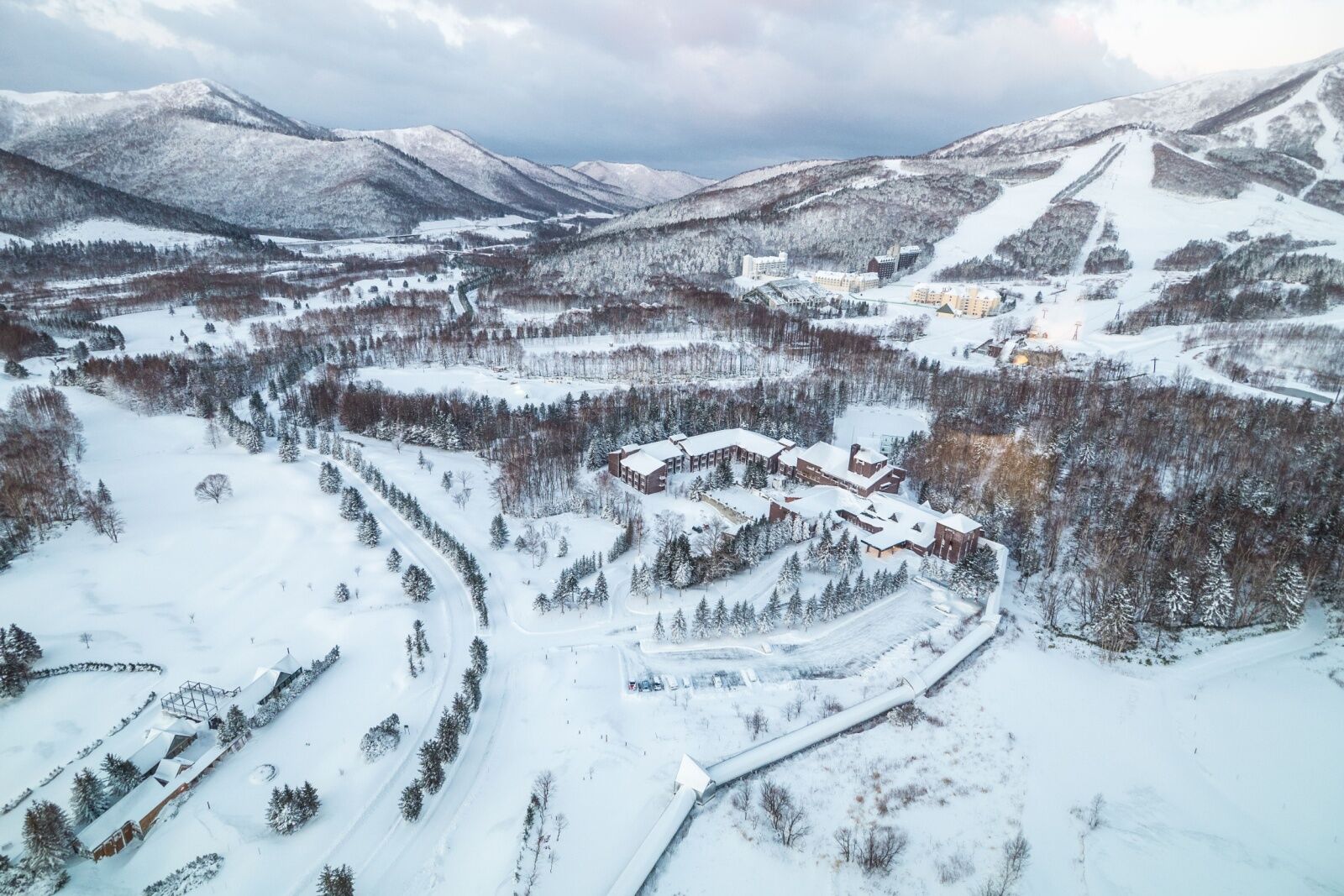
Photo: Bookzv/Shutterstock
In Tomamu, an overnight powder dump had delivered the goods. The dual-mountain resort has one of Hokkaido’s largest slopestyle parks, but the real fun lies in its tree runs. The perfectly spaced birch forests create natural halfpipes and hits, while the resort’s Experts Only Powder Areas show serious commitment to safety. The resort has a Yukiyama app with GPS tracking and ski patrol communication that off-piste skiers in the expert zones are required to have. It’s a reassuring presence when hunting for fresh tracks in the deeper woods.
My mornings at Tomamu started with a shower at Mina Mina Indoor Beach (Japan’s biggest indoor wave pool), followed by breakfast at Forest Restaurant Nininupuri. The Japanese word for buffet translates to “Viking,” which perfectly describes the epic spread. Each day, I started with fuwa fuwa (meaning “impossibly fluffy”) French toast.
Ski-in, ski-out dining was available throughout the day on the resort’s Hotalu Street near the base, where quick-serve offerings like ramen, hotpot, and even a steakhouse helped maximize my time on snow. Between laps, I’d duck into the hotel lobby for free-flowing coffee or even sparkling wine, making campervan life feel more like glamping than roughing it.
Tomamu’s six lifts and 29 runs kept me thoroughly entertained for two days, but the icy, open road beckoned. The route to my next stop, Furano, traded highways for byways, as Google Maps directed me through increasingly questionable rural shortcuts. I found myself navigating narrow lanes between towering snowbanks, earning bemused looks from a farmer and his Shiba Inu as I executed a careful multi-point turn.
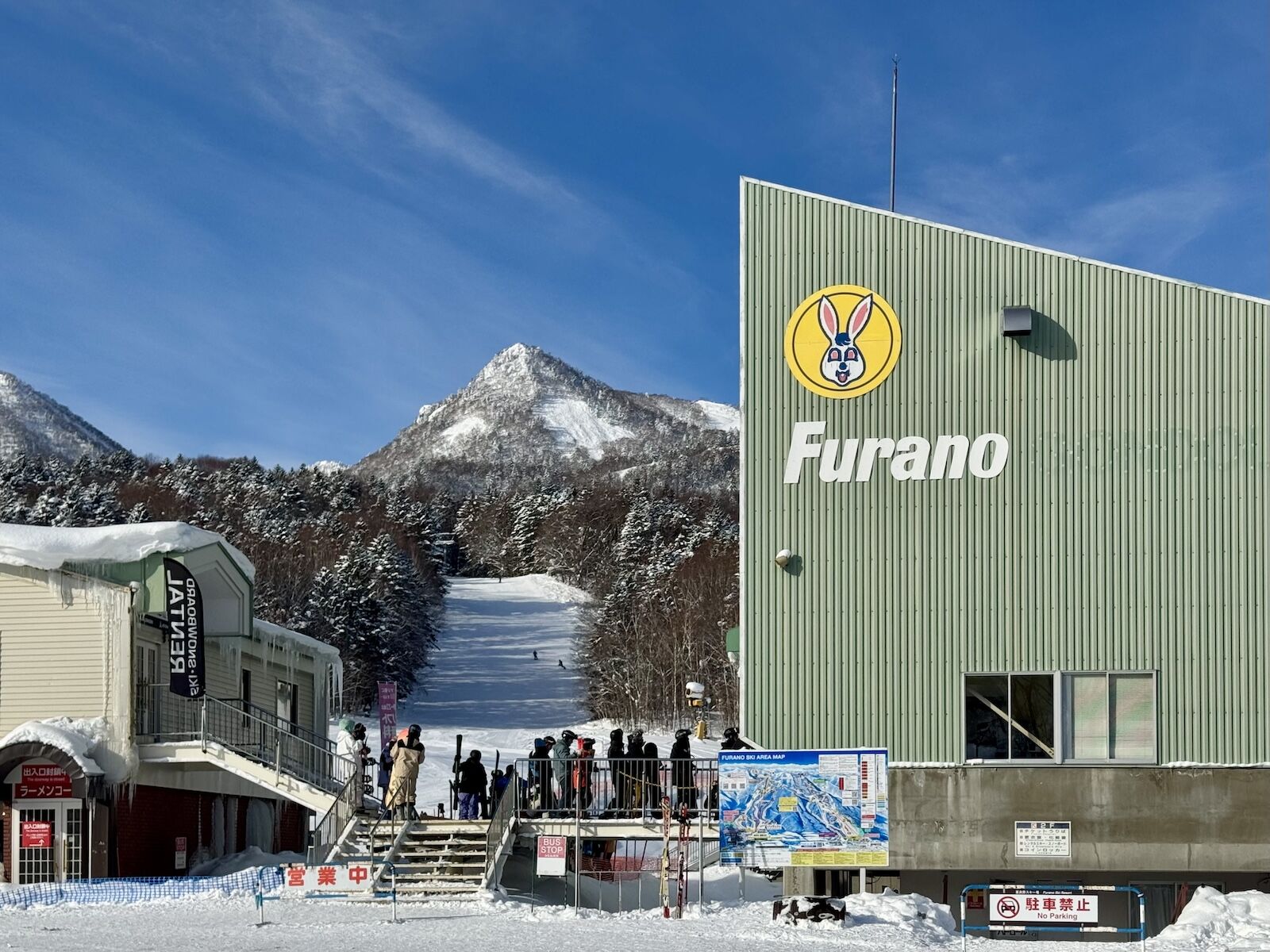
The Furano Base Area on a sunny winter day. Photo: Jacob Lewis
As I pulled into Furona’s base, I saw three blonde women with braids unfold themselves from a beat up kei car – a tiny vehicle that qualifies for lower taxes in Japan. I learned they were Swedish and had driven all the way from the Niseko ski resort where they worked for a ski weekend. “Niseko is our favorite place on Earth,” one told me, “but the mountains here are pretty incredible.”
They weren’t wrong. Unlike Niseko’s gentle rollers, Furano brings the drama like a Japanese brown bear with something to prove. Its rugged peaks command attention, with immaculately groomed pistes that give way to expert tree runs.
But despite that, I found myself grumbling about my fortunes under the brilliantly blue sky. Friends had been sending videos from Hakuba (in the Japanese Alps, closer to Tokyo), where they were drowning in a record-breaking January dump of more than nine feet. I complained of my awful luck to a chairlift buddy, a local skier who sported a nicotine-stained smile. He dismissively waved his hand toward Mt. Tokachi and the Daisetsuzan Range beyond. “Lived there 50 years ago,” he said. “Furano’s better. Less crowded, better views.” His knowing grin and weathered face suggested he’d seen enough winters to make that call.
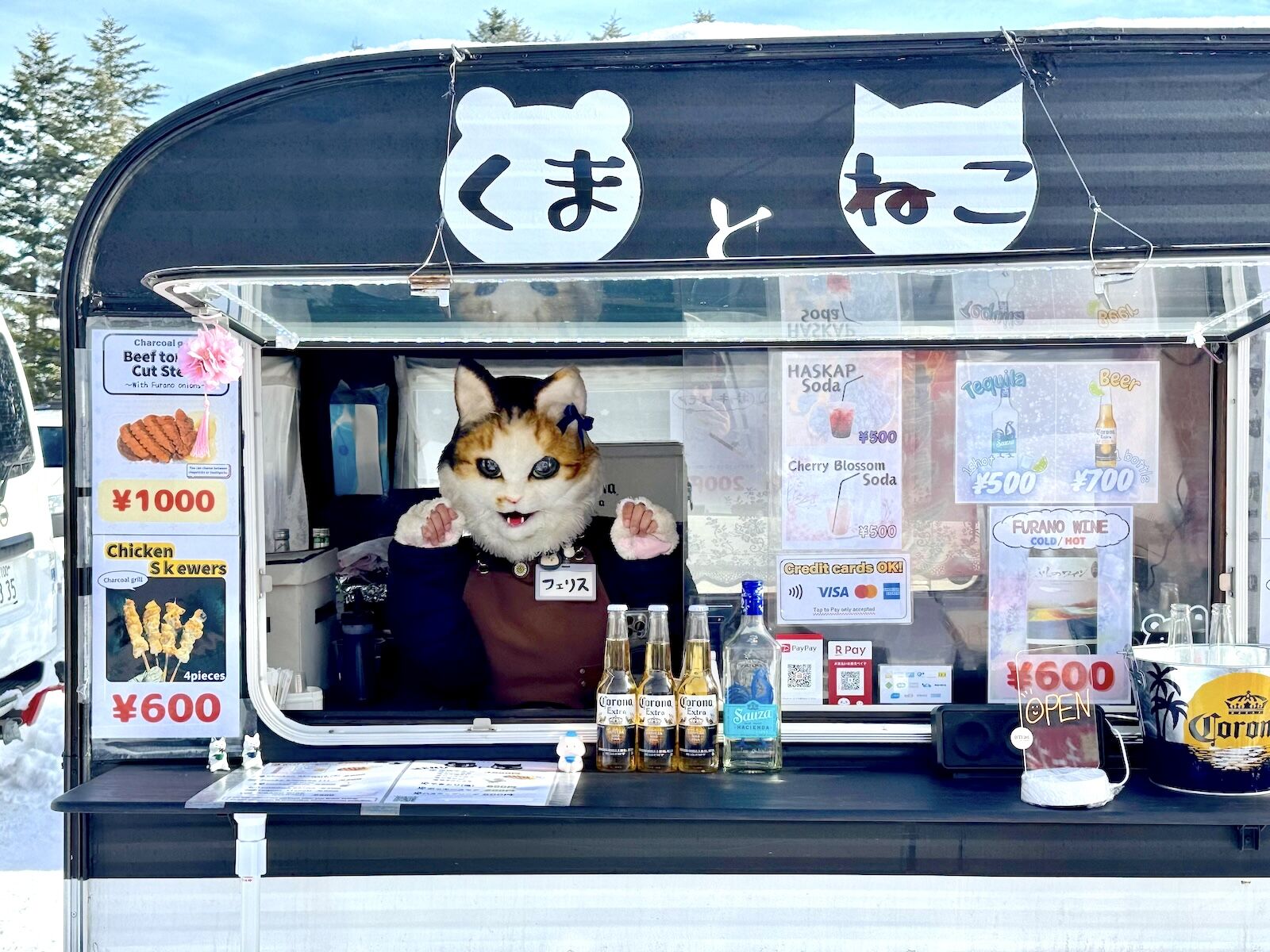
The quirky Kuma to Neko food truck. Photo: Jacob Lewis
Still, with the gondolas packed with Australians and other English speakers, it was easy to forget what country I was skiing in. That made me extra glad to find that Furano’s base area was a wild fever dream of wacky Japanese tastes. A food truck called Potato Gang was hawking mochi and potato croutons swimming in thick gravy, while next door, a woman in full cat cosplay was serving up surprisingly tender beef tongue steaks and homemade haskap berry soda from a van called Kuma to Neko (“Bear and Cat.”) With my tastebuds utterly befuddled but hunger sated, I called it a day and drove the hour and a half further north to Asahikawa.
Pulling into a downtown parking lot at dusk, Japan’s coldest city announced itself with the “kaw-kaw” sound of massive crows – the unofficial soundtrack of Japan’s northern cities. I parked my van beneath their jeering chorus and ducked into the OMO7 Asahikawa hotel, making a beeline for Sauna Plateau, the hotel’s retro, Nordic-inspired bathhouse. Following onsen tradition, I joined the other naked soakers in washing away the day’s adventures.
Wrapped in the hotel’s cozy yukata, I discovered the lobby to be a powder-chasers’ Mission Control. Fellow riders from around the globe huddled around a wall of live webcams, tracking conditions at surrounding resorts. Others hovered over the communal wax bench, sharing tales of the day’s finds while tuning their boards.
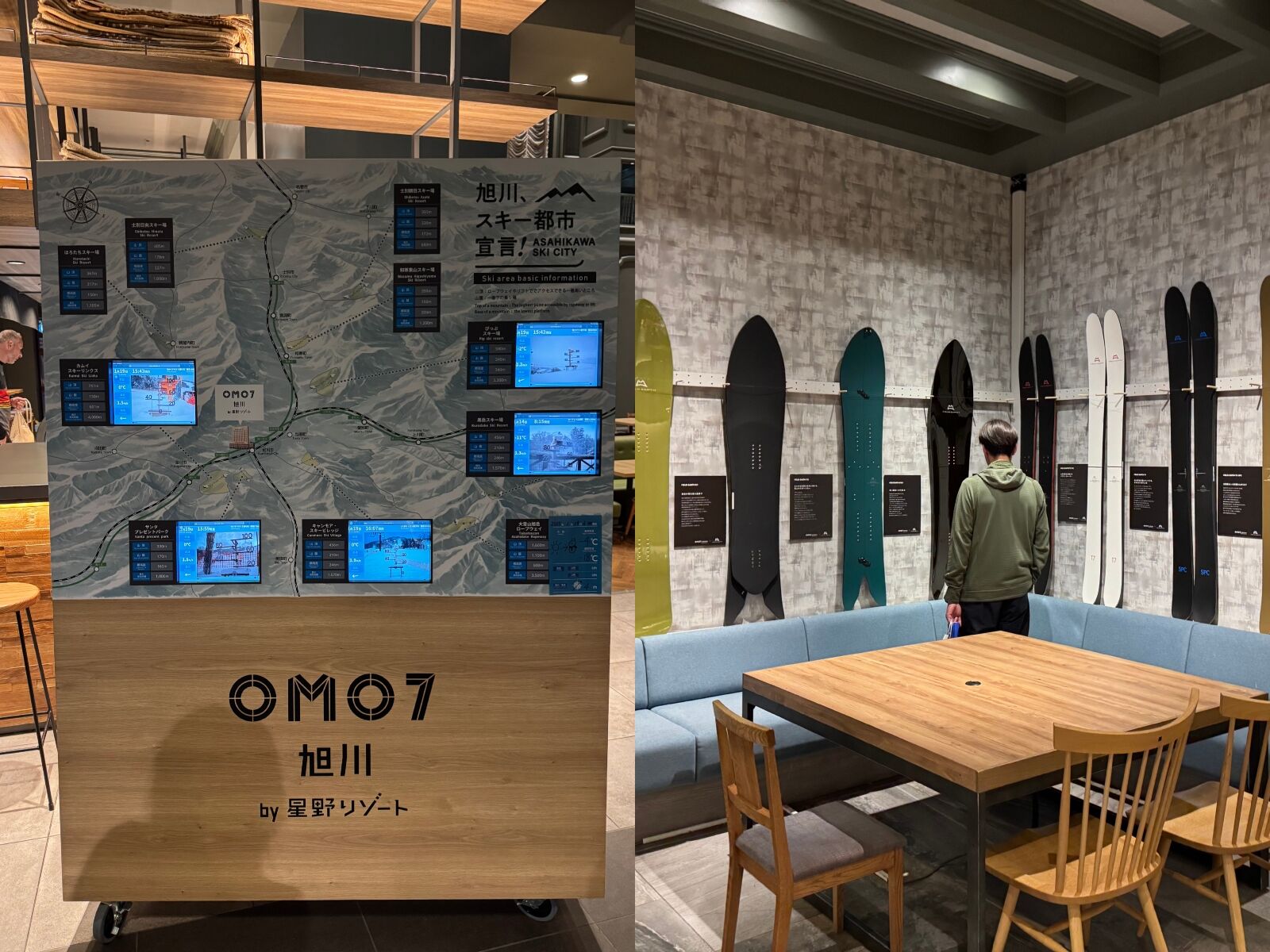
Scenes from the OMO7 Asahikawa hotel lobby. Photo: Jacob Lewis
Asahikawa’s unique geography makes it a snow magnet, sitting in a natural basin surrounded by the Daisetsuzan Range to the east and the Kitami Mountains to the north. Cold air from Siberia funnels into that basin, producing some of the driest, lightest powder in Japan, even by Hokkaido standards. The webcams in the lobby make it easy to learn which area resorts are scoring the best snow, and fortunately, there are several nearby. The surrounding hills have everything from serious backcountry terrain to family-friendly slopes (such as Canmore Ski Village, where a four-hour adult lift pass can be as low as 500 yen, or about $3.20). The closest resort to the hotel, Santa Present Park, is just 10 minutes away.
The next morning, armed with the latest intel, I set out for Kamui Ski Links, just 30 minutes from downtown and the final resort included on my lift pass. I quickly learned why the six-lift, 25-run resort is becoming a powder hound’s worst-kept secret. Kamui’s relaxed attitude toward off-piste riding makes it a backcountry favorite, with abundant gates marking legal entry points into the trees. The terrain varies from mellow glades perfect for beginners to steeper chutes to challenge expert riders. After a white-out morning that gave me the slopes mostly to myself, the clouds parted to reveal the full sweep of central Hokkaido – an endless sea of evergreens rising and falling across ridgelines.
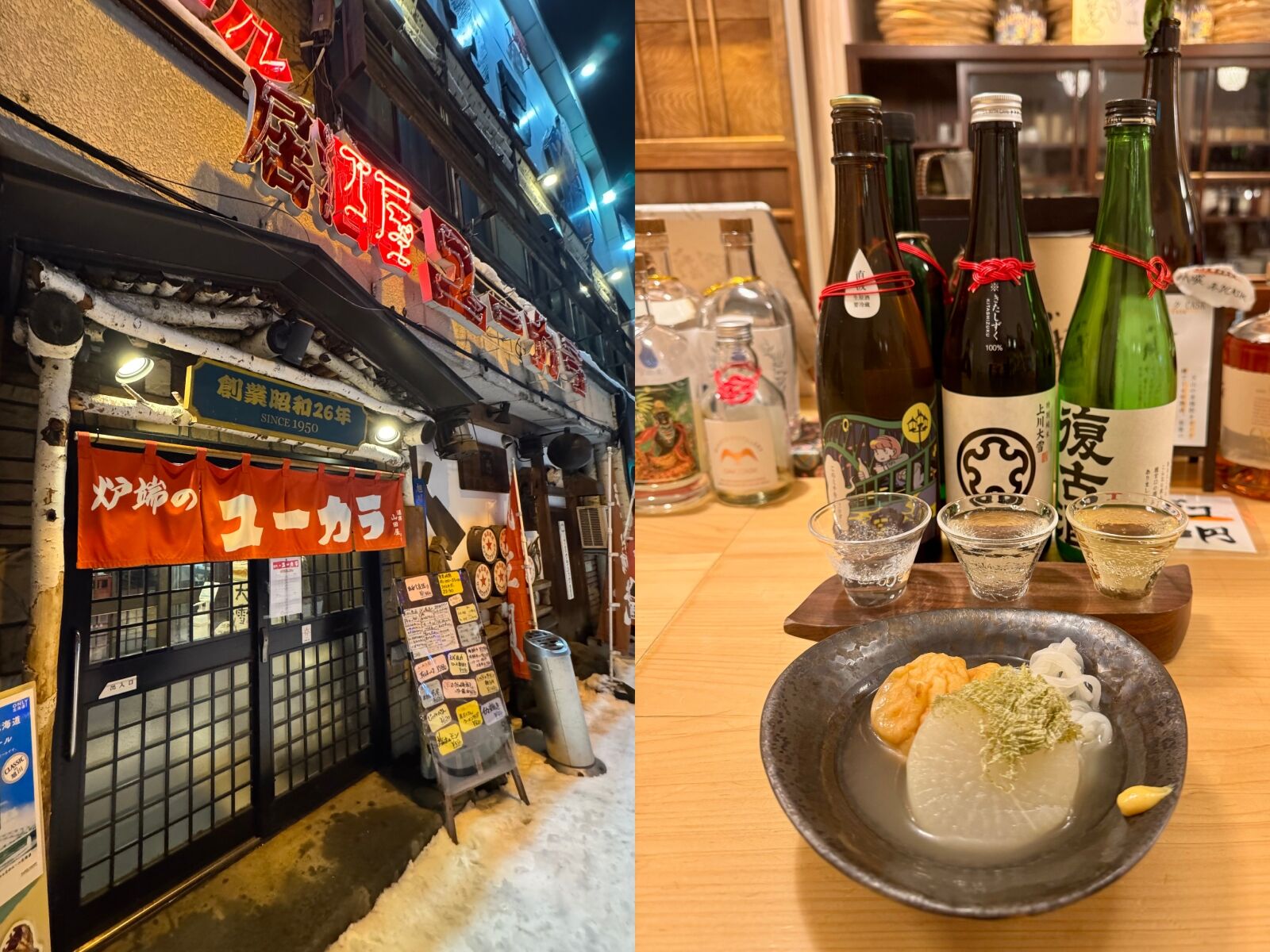
A night out in Asahikawa. Photo: Jacob Lewis
Back in town, I lost myself in Asahikawa’s after-hours scene. I started at Yakitori Dojyo Yoshiya, a fourth-generation yakitori joint where they still calculate checks on an abacus, and the secret sauce recipe dates back 90 years. The city’s menus lean heavily into Hokkaido specialties, such as Genghis Khan (grilled lamb), local venison, and even bear meat.
Later, I found Freehouse The Yeast, where the craft beer selection could go toe-to-toe with any trendy brewery in Portland or Copenhagen. I rounded out the evening at Washu Kakuuchi Uedaya, a standing-room-only bar hidden behind a fridge in a sake shop, where draft sake and homemade oden (veg and fish cakes simmered in broth) warmed my bones before I returned to my van and cozy sleeping bag.
By my last day, the paradox of doing a Japan ski trip via campervan had become clear: you either get ideal weather for skiing and riding, or ideal weather for camping — but not both. I got the latter, and my last day ended in another bluebird day without a flake of fresh snow. There was no need to dig the van out, but no fluffy stuff to surf in, either.
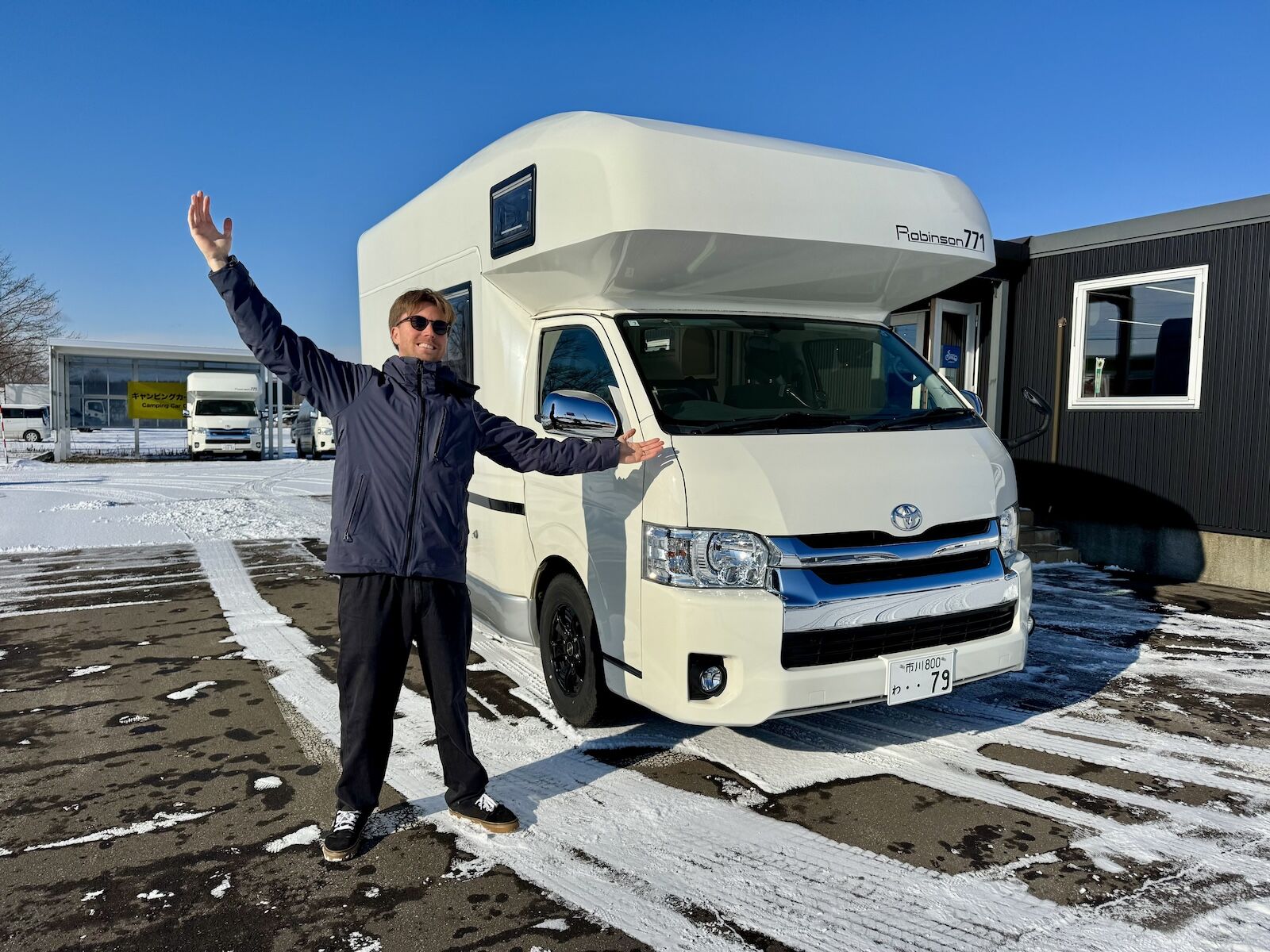
The author with his campervan rental for the week. Photo: Jacob Lewis
I switched from powder hunting to onsen hunting that day, pointing my trusty Toyota to the mountains east of town to a newly minted masterpiece: the Kitoushi no Mori Kitoron hot springs complex. It was designed by the acclaimed architect behind Tokyo’s Olympic Stadium, with locally sourced larch wood on the exterior and plenty of glass windows looking out on the hillside and farms below. Inside, the roomy spaces were adorned with birch wood and bespoke furniture crafted by local artisans, creating an environment that felt both luxurious and authentic to Hokkaido.
As I soaked in the mineral-rich waters drawn from the Daisetsuzan Range, watching steam rise against the winter sky, it was clear that there’s more to Hokkaido’s “Powder Belt” than just finding perfect snow or checking resorts off a travel list. Having a campervan as a base for my Japan ski trip gave me the freedom to follow what each day brought on a whim, whether that was chasing powder to get first tracks through a forest, finding a secret sake bar, or simply hitting the road to soak in a local hot spring while I waited for the next storm to roll in.
How to rent a campervan for a Japan ski trip
If you book an international flight to Japan with Japan Airlines (JAL), you can add domestic flights throughout Japan at a fixed low price via the Japan Explorer Pass. It allows you to fly from Tokyo to more than 30 cities, including Sapporo, for as little as 7,700 yen (or about $50).
Campervan rentals for a Japan ski trip via the Hoshino Resorts Powder Belt package start at $1,419 per vehicle for four nights/five days. It includes use of a campervan with snow tires and a highway toll pass, basic insurance, a five-day lift ticket good for access at three different resorts, and breakfasts and hotel access at nearby Hoshino-owned resorts. ![]()
